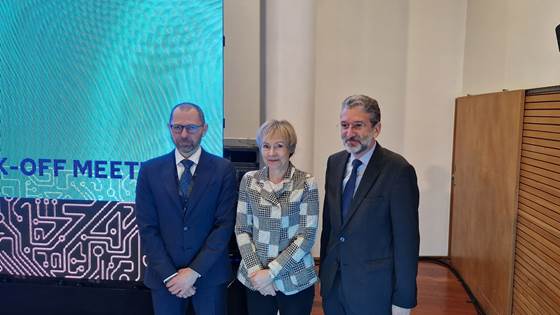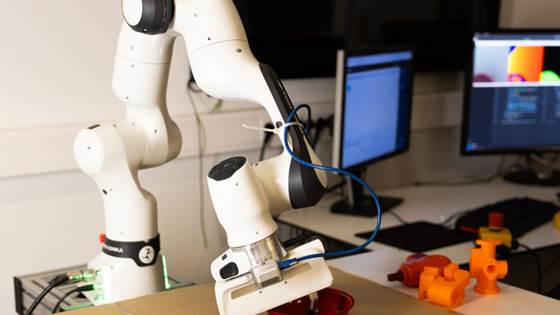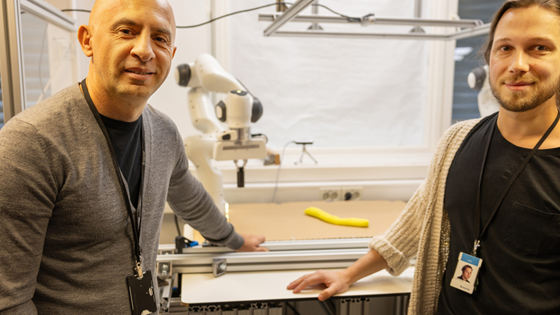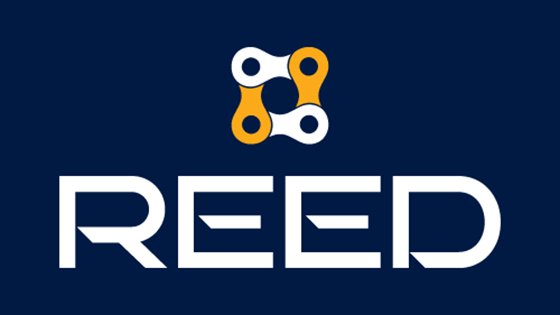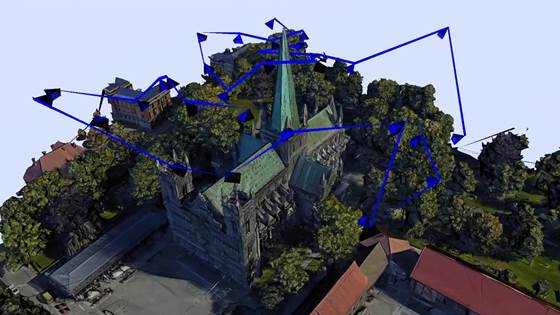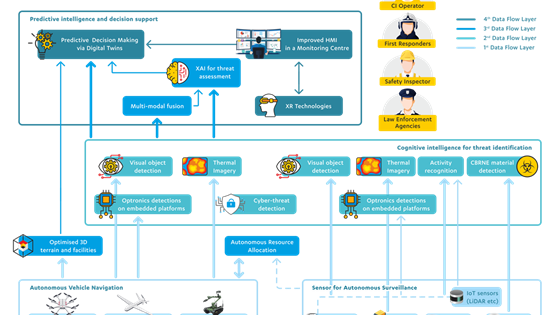Robotics is a highly interdisciplinary field ranging from design to deployment of robots such as unmanned vehicles, vessels or drones and robot manipulators. Different types of robots operate on land, in the air, above and under water. Autonomy is also becoming more common in both passenger and goods transport with self-driving cars, buses and planes.
Drones and other types of robots are mostly used for data acquisition, logistics, collaboration and intervention tasks. For example, an airborne drone can collect multiple images of a bridge in connection with an inspection operation, while an an underwater robot, for example a so-called ROV, can clean nets in an aquaculture facility as part in contributing to sustainable food systems. The level of autonomy of robots is constantly increasing. In other words, they are increasingly able to perform tasks on their own with less need of assistance from their human operators.
Finding the right levels of autonomy will enable us to employ robots more efficiently. For example, it will be easier to gather sensor data exactly where and when we need them. But to arrive at this point, we need to further develop technologies such as sensors, sensor data analysis, control and planning systems, and user interfaces. We must also continue our work to find out how all this new technology can be applied in real-life scenarios and use cases in an economically profitable and sustainable manner.
At SINTEF we have domain experience from many sectors; energy, manufacturing, agri/aqua, oil and gas, healthcare, etc. We combine this expertise with in-depth knowledge of core robot technologies that we are developing further with the aim of enabling robots and autonomous systems to contribute further towards value creation in the industrial sector and society as a whole.



